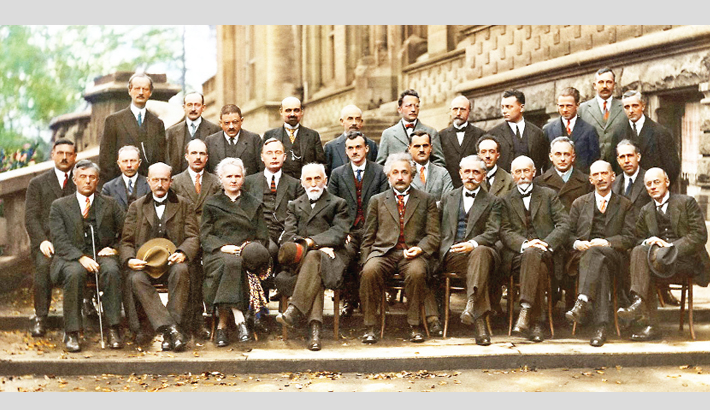
by Dr. Ed Brenegar | Jul 16, 2021 | Circle of Impact, Impact, Network of Relationships, Relationships, Structure, Transition
Whether you are a small business person or a corporate executive, getting the best work out of your people is one of the most challenging aspects of leadership. It takes more than attractive compensation packages and inspirational pep talks. It takes creating a culture of trust that unites people together around a common desire to give their best. Here are five steps any leader can take to build a relationship of trust with their team.
Add to the mix the shift from in the office to a hybrid structure where they are working from home some days, at the office other days, and whether this arrangement will remain or continue to change.

by Dr. Ed Brenegar | Jul 15, 2021 | Book, Circle of Impact, Problem solving
Problem-solving and change management are very close to one another. I see it in the pattern of behavior where leaders resist change and avoid problem-solving.
Why is this?
It is actually quite easy to pinpoint. Here are two of the reasons.
First, they have never learned how to solve problems.
Second, they correctly assume that solutions imply change.
I recently published a short book called Solving Problems: A Guide To Being A Person of Impact. Yes, it is simply a book on problem-solving. It helps people learn a simple process for solving problems that can be applied in almost any situation. It is based upon my Circle of Impact model of leadership.

by Dr. Ed Brenegar | Jun 20, 2021 | Book, Centralized Institutions, Circle of Impact, Decentralized Networks, Impact, Network of Relationships, Questions, Transition, Two Global Forces
When people solve their own problems, they also gain skills in communication, collaboration, and innovation. All are leadership skills that everyone needs to acquire regardless of the position that they have in the organization. What, then, is the impact of this approach to leadership. In simple terms, it moves an organization from being leadership starved to being leader-rich. More definitively, it decentralizes the capacity of an organization to solve its problems. I saw this effect in an organization that I served many years ago. Small problems flowed up through the hierarchy to the vice-president’s desk. By then a problem had turned into an issue between the company and the union. When the company implemented a program to train and support all their employees in practicing these leadership skills, the trust level in the company grew, ultimately gaining the awareness of Forbes magazine in their annual list of most trustworthy companies. This is the potential that results from elevating the leadership capacity of people.

by Dr. Ed Brenegar | Mar 13, 2021 | Book, Circle of Impact, Ideas, Impact, Relationships, Structure, Transition, Uncategorized
I came to realize through working with leaders and their organizations that their problems were not just organizational. Within their teams and workforce, there were philosophical differences that made creating a culture of trust more difficult. I found that when the ideas that we identify as values were treated as secondary or optional aspects of the business, it also contributed to difficulties in how people worked together. Trust in relationships is a product of clarity of not just the why of the company, but the how. It doesn’t take long talking with people from any business to discover if they are clear about the company’s values and goals. When that clarity is missing, there is reticence on the part of employees to give their best each day.

by Dr. Ed Brenegar | Feb 25, 2021 | Book, Circle of Impact, Ideas, Impact, Relationships, Structure, Transition
In the mid-1990s, I started my consulting practice with the aim of helping leaders strengthen their organizations, with the larger goal of strengthening their local communities. As one project after another came, a pattern began to emerge. Problems presented to me often turned out to be symptoms of more complex problems. These were not isolated incidents. The situations and the kinds of organizations were not similar. Their problems were similar. But more importantly, they were not getting resolved by the way we have all learned to solve problems. For as long as I’ve been working in organizations, the belief has been that the solution is in the problem itself. This approach failed to understand that there is always more going on than the problem itself.






